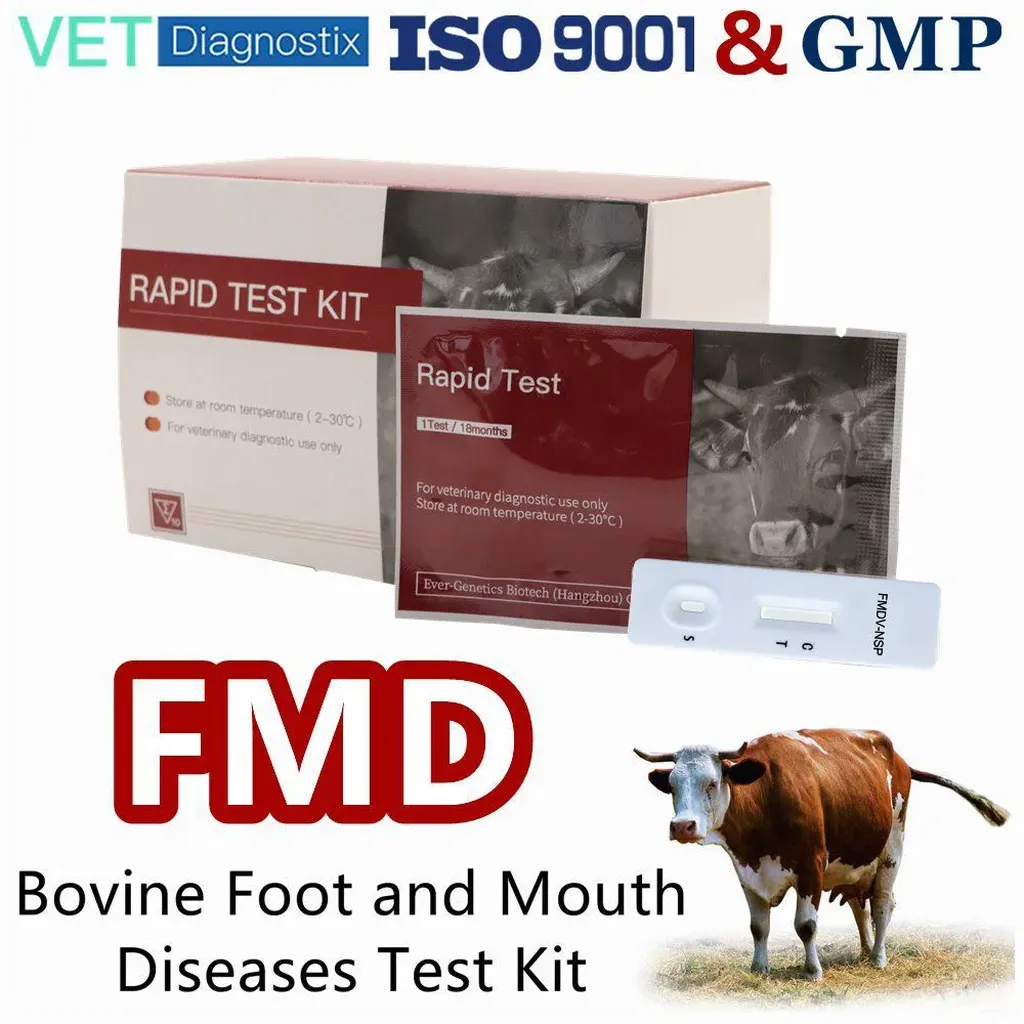In a significant stride towards enhancing the detection of foot-and-mouth disease (FMD) neutralizing antibodies, researchers have developed a novel, rapid, and automated method that could revolutionize veterinary diagnostics. The study, led by Mengyang Sun from the State Key Laboratory for Animal Disease Control and Prevention at Lanzhou University, introduces a magnetic particle-based chemiluminescence immunoassay (MP-CLIA) that promises to streamline the monitoring of vaccine efficacy against FMD virus serotype A.
Foot-and-mouth disease, a highly contagious viral infection affecting cloven-hoofed animals, poses a substantial threat to global livestock industries. Traditional virus neutralization tests (VNT), while effective, are time-consuming, labor-intensive, and require stringent biocontainment facilities to handle live virus. The new MP-CLIA method addresses these challenges by offering a safer, faster, and fully automated alternative.
The MP-CLIA method leverages two previously characterized monoclonal antibodies, W125 and W145, generated through single B cell antibody technology. According to the study, the method demonstrated a sensitivity of 95.93% and a specificity of 100%, with a cut-off value of 41.395 activity units (U). The assay was validated using 221 positive and 122 negative sera, showcasing its robustness and reliability.
“Our findings indicate that the MP-CLIA method is highly consistent with the traditional VNT, with a positive/negative coincidence rate of 92.2% and a kappa coefficient of 78.19%,” said Sun. This high level of consistency suggests that the new method could be a game-changer in the field of veterinary diagnostics.
One of the most compelling aspects of the MP-CLIA method is its speed. When integrated with a fully automated chemiluminescence immunoassay analyzer, the test can be completed in just 20 minutes, a significant improvement over the traditional VNT. This rapid turnaround time is crucial for timely decision-making in disease control and prevention.
The implications of this research are far-reaching. The livestock industry stands to benefit greatly from a more efficient and safer method for detecting neutralizing antibodies against FMD virus serotype A. The ability to quickly and accurately monitor vaccine efficacy can lead to better disease management strategies, ultimately protecting livestock and ensuring food security.
Moreover, the automated nature of the MP-CLIA method reduces the risk of human error and contamination, further enhancing its reliability. As Sun noted, “The automation of the MP-CLIA method not only saves time but also minimizes the risk of errors, making it a more reliable tool for veterinary diagnostics.”
The study, published in the journal *Applied Microbiology and Biotechnology* (translated as *应用微生物生物技术*), represents a significant advancement in the field of veterinary diagnostics. The research team’s innovative approach to detecting neutralizing antibodies against FMD virus serotype A sets a new standard for safety, speed, and accuracy.
As the global livestock industry continues to face the threat of foot-and-mouth disease, the development of rapid and reliable diagnostic tools becomes increasingly important. The MP-CLIA method developed by Sun and his team offers a promising solution, paving the way for more effective disease control and prevention strategies.
This research not only highlights the potential of advanced technologies in veterinary diagnostics but also underscores the importance of continued innovation in the field. As we look to the future, the MP-CLIA method could play a crucial role in safeguarding livestock and ensuring the sustainability of the global food supply.

